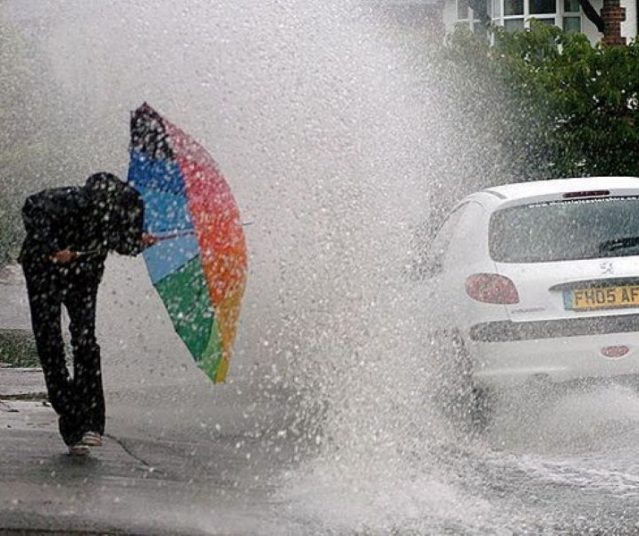
Do you know the rule against driving in reverse? Or that you can be fined for using your horn in anger? Here are some examples of Road Rules in NSW that aren’t commonly known.
No animals on your lap
Be careful when setting up that selfie of you and your dog on the way to the beach. It is illegal to drive a vehicle if an animal is in the driver’s lap. Rule 297(1A), $2,200.
Riding on a footpath when 12 years or older
The restriction on riding a bicycle on the footpath only applies to riders 12 years or older. A parent supervising their child riding can also ride on the footpath. However, all riders are restricted on certain footpaths declared by the Authority. Rules 250 and 250-1.
If you have a certificate from a medical practitioner certifying they believe you should be allowed to ride on the footpath because of a medical condition, the restriction also does not apply.
Splashing mud on bus passengers
Ever think about speeding up and aiming for that puddle? Watch out for bus passengers. Drivers in NSW must slow down or stop, so as not to splash mud on a person waiting at a bus stop. A hefty $2,200 fine could apply. Rule 291-3.
Driving in reverse
It is legal to drive your car in reverse, but not in any circumstances. You can only drive in reverse if you can do so safely, and for a distance that is reasonable in the circumstances. Failure to comply could see you fined up to $2,200. Rule 296.
Using your horn
You can only use your horn as a warning device. That is, to warn other road users of your approach or position. You cannot use it when someone annoys you or to get someone’s attention. Another $2,200 fine could apply. Rule 224
Body part out the window
No part of your body can be outside a window when driving, unless you are giving a hand signal. This applies to passengers too. Rule 268. $2,200.
“One for the road”
Finally, there is nothing illegal about passengers consuming alcohol when in a moving car, but unsurprisingly drivers cannot drink while driving. Rule 298-1.
The NSW Road Rules can be complex and long. They have evolved over many years, attempted to cover changes in technology and to accommodate driver behaviour. Overall, the common sense test is normally a good place to start. If you find yourself wondering whether something is against the rules, or someone says “I wouldn’t do that if I were you”, assume it is prohibited.
Photo credit: Bristolpost.co.uk